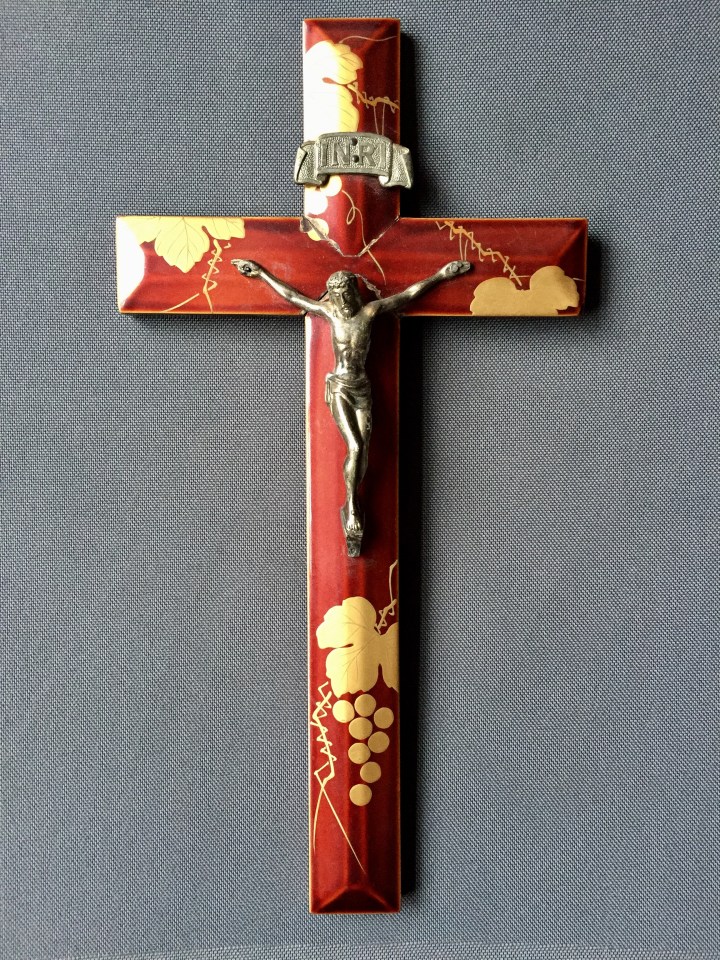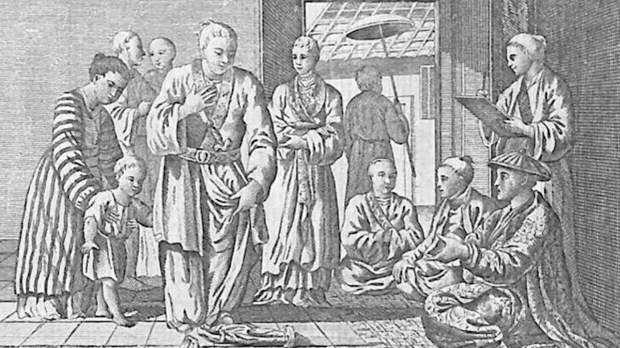Lenten Campaign 2025
This content is free of charge, as are all our articles.
Support us with a donation that is tax-deductible and enable us to continue to reach millions of readers.
All eyes are on Japan as the summer Olympic Games officially begin today, after being postponed for a year due to the coronavirus pandemic. The attention will be on sporting and pandemic issues. rather than on the Japanese Christian community that was forced into hiding during the 17th century. The Martin Scorsese film Silence explores this in considerable and brutal detail.
These victims of persecution remained hidden until 1871, along with their devotional items. Old oppressive practices, such as forcing Christians to tread on the image of Christ, had died out anyway.
Sumptuous lacquer wares concealing crucifixes and altars from the era of persecution have long been popular with collectors. The crucifix shown here is from a later time, when Christian practice was not only permitted but sometimes displayed with pride. Japan’s prime ministers following the First and Second World Wars were both Catholics.

Maintaining the old tradition of gilt and lacquer wares, this crucifix is in a bold red rather than the usual black. The core is wood, but it is the surface decoration that dominates, to some extent overwhelming the Corpus. The imagery is very Christian, though. Grape vines are a universal symbol of Christ (“I am the vine”) and were also adopted in Japan. The Corpus shown here is not part of the lacquer design and is subtly different from European models. It could have been made in Japan rather than being imported. This would be unusual as there has always been some anxiety in East Asia about showing the crucified Christ. Vines, on the other hand, were fine.
The virtual Museum of the Cross
This later 19th- to early 20-century crucifix and 18th-century engraving are from the collection of the Museum of the Cross, the first institution dedicated to the diversity of the most powerful and far-reaching symbol in history. After 10 years of preparation, the museum was almost ready to open; then came COVID-19. In the meantime, the virtual museum has started an Instagram account to engage with Aleteia readers and the stories of their own crucifixes: @crossXmuseum

